Corn Exchange Dual-Time Clock
The unusual clock on this 18th-century market building has an extra minute hand for "Bristol time."
Even if you look past its remarkable 18th-century architecture, the facade of the Corn Exchange building in Bristol, England has something worth noticing. If you’re fascinated by time-keeping and its history, it might even be the main attraction.
The old market building’s clock, installed originally in 1822, has two minute hands, just over 10 minutes apart, in order to show both Greenwich Mean Time and Bristol local time.
This dual time-keeping became necessary with the proliferation of railways. Trains started to conform schedules nationwide, and England had to adopt a standardized railway time, something that had never been attempted before.
Many resisted Greenwich Mean Time, preferring to hold onto the hour their town had all agreed upon for centuries. The city of Bristol only officially adopted the standard time on 14 September 1852, five years after it was established. For those five years, when it was noon in Bristol, it was 12:10 p.m. by the railway clock. Accordingly, the two hands on the Bristol Exchange clock displayed times exactly 10 minutes apart. To this day, the clock has the GMT minute hand in red and the local one in black.
Know Before You Go
The clock is above the entrance of the Corn Exchange on Corn Street, between Exchange Avenue and All Saints Lane
The grand hall of the Corn Exchange and the attached market are home to an eclectic array of stalls
.
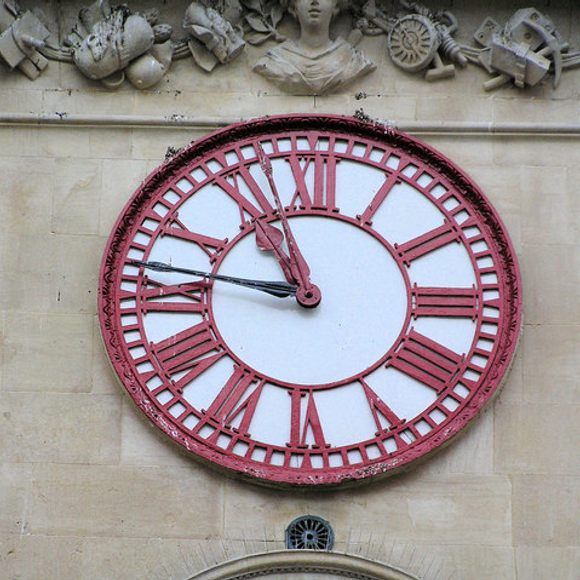



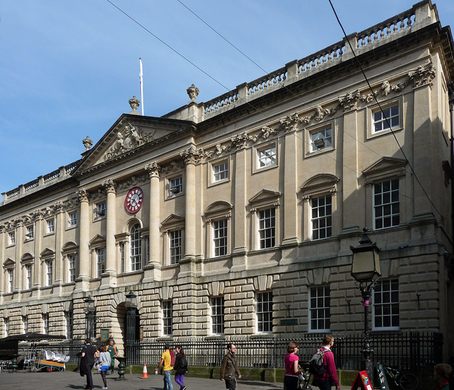

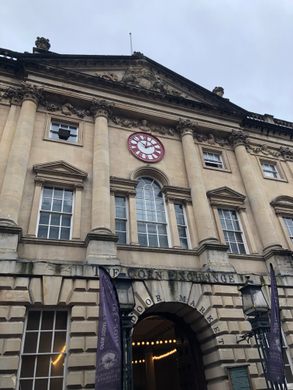








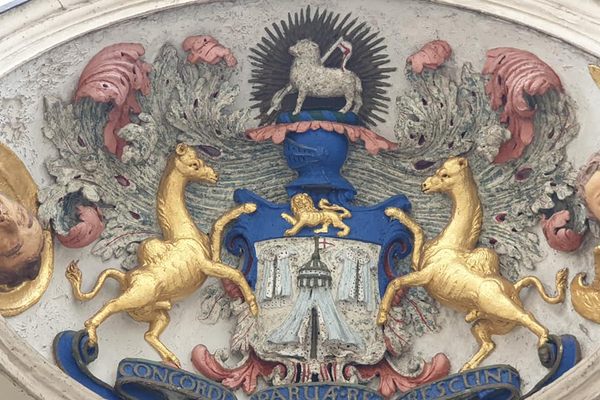
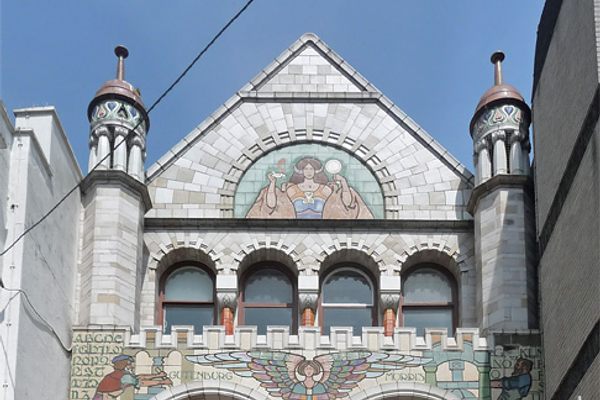

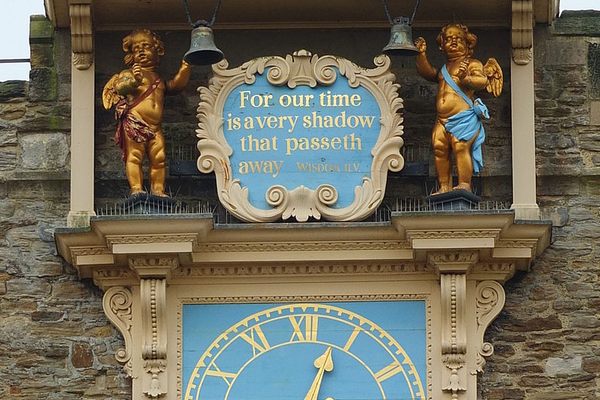



Follow us on Twitter to get the latest on the world's hidden wonders.
Like us on Facebook to get the latest on the world's hidden wonders.
Follow us on Twitter Like us on Facebook